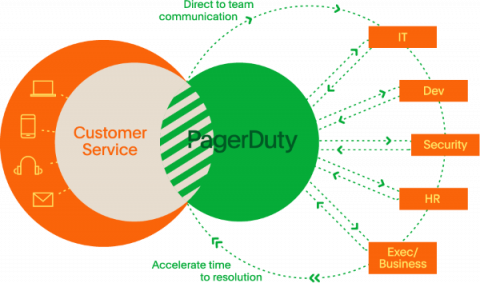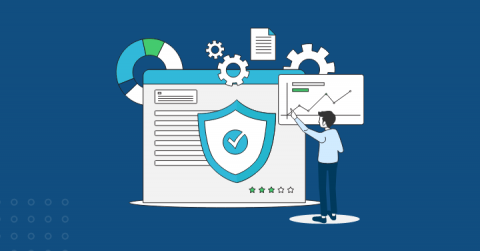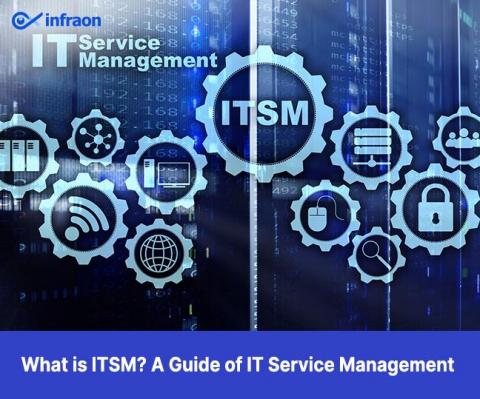Operations | Monitoring | ITSM | DevOps | Cloud
ITSM
The latest News and Information on IT Service Management, Service Desk and related technologies.
SolarWinds Observability: Helping to Accelerate Application Development
How ServiceNow Impact helps businesses accelerate time to value
The promise of software as a service (SaaS) has always been value-based pricing. Rather than owning a suite of products they might not need, customers can choose only the services they do need to drive specific outcomes for their businesses. From day one, SaaS was about value. More often than not, products in the enterprise software space fail to live up to this ideal. In light of that, we came up with a crazy idea to help customers accelerate time to value. The idea clearly struck a chord.
Extend the Power of Your ServiceNow Application with PagerDuty for Customer Service
The last few years have led to an increasingly digital world. We are all online, streaming, shopping, or simply surfing. In this new world, customer experience is more critical than ever. Customers want things to work as seamlessly as possible, and when things go wrong, so goes their trust and business. The key priority for many businesses is keeping those systems running as smoothly as possible to keep customers happy and build their loyalty.
Linux Patch Management Best Practices
According to Wired, around 67% of web servers worldwide use Linux OS, and the main reason behind using Linux OS is as follows: Linux comes with better security, but still, it is susceptible to malware attacks because newly discovered vulnerabilities, you require Linux patching for your organization to witness exceptional security. The importance of Linux patching is tremendous for any organization.
Selecting the Best Azure VM Type for Your Workload
7 ways to optimize cloud costs
Do you know what keeps Cloud Administrators up at night? Yes, you guessed it right. Cloud bills!!! These unpredictable cloud bills. With the recent allure of the “pay-per-use” model of the public cloud, organizations over-use and over-spend on cloud resources. Especially with this unrestrained freedom to create new instances on the go, mitigating cloud costs is a daunting task, even for the early and heavy adopters of public clouds.
Using better visibility to tame India's 'digital elephant'
Have you heard the tale about the blind men and the elephant? A group of blind men who’ve never seen an elephant touch different parts of the animal and try to figure out what it is.
What is ITSM? A Guide to IT Service Management
How the Department of Labor models government digitization
Agencies have taken a siloed approach to deploying technology solutions to meet government digitization and modernization goals. Although this allows them to roll out rich digital experiences for citizens and employees, it’s not a scalable method—nor is it effective in terms of cost and resources. Like many agencies, the U.S. Department of Labor (DOL) had several key platforms in place to drive its digitization efforts, but the management of these platforms lacked centralization.









